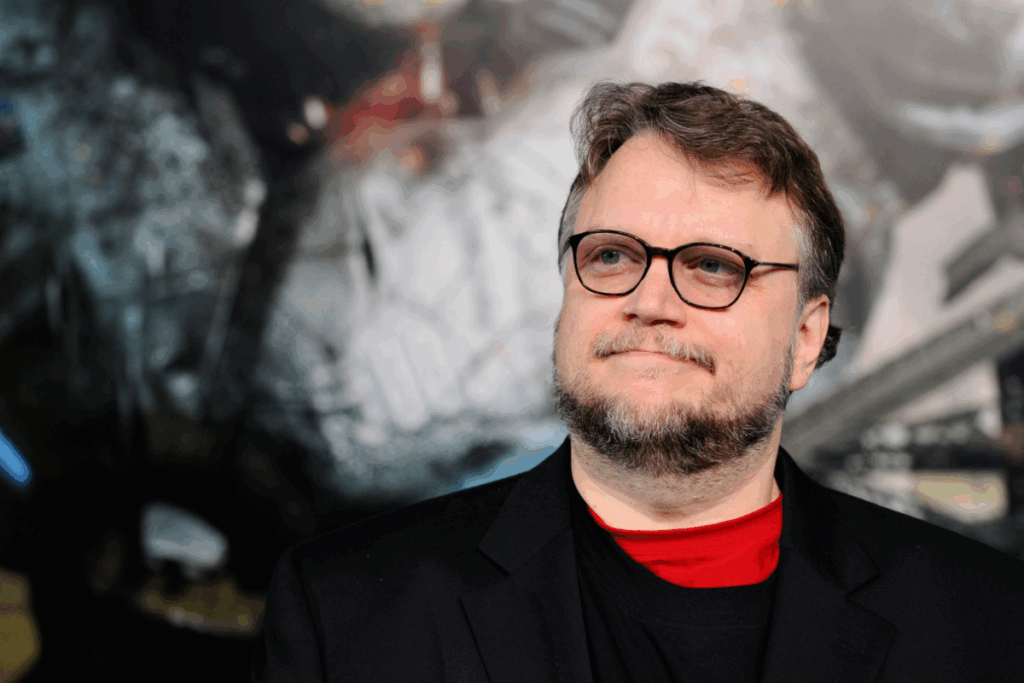Why This One Deserves the Big Screen
Some films are meant to be watched. Others are meant to be experienced. Guillermo del Toro’s Frankenstein belongs to the latter category — a cinematic cathedral built from decades of obsession, artistry, and love.
The film, which begins streaming on Netflix on November 7, is currently showing in select theaters, and if there’s one pilgrimage worth making before it disappears from the big screen, this is it. Like Lawrence of Arabia, del Toro’s Frankenstein is more than entertainment — it’s a sensory monument that demands to be seen large, surrounded by the hush of an audience collectively caught in its spell.
Del Toro has turned Mary Shelley’s classic novel into something deeply personal: a fable about parents and children, creation and consequence, and the eternal struggle to understand one another before time runs out. The result is as grand as it is intimate — a film as much about monsters as it is about love.
A Gothic Spectacle Built on Human Emotion
Starring Oscar Isaac as Victor Frankenstein and Jacob Elordi as his creation, the film balances gothic horror with tenderness. The sets are lavish, the atmosphere thick with candlelight and mist, but beneath the grandeur beats a fragile human heart. Del Toro has described his version as a story “about feuds between parents and children going too far,” an emotional inversion of Shelley’s tale of science and ambition.
This is, after all, a filmmaker who has always found beauty in monstrosity. From Pan’s Labyrinth to The Shape of Water, his creatures have never been villains — they are mirrors reflecting the parts of ourselves we repress. In Frankenstein, that mirror becomes painfully clear. The doctor’s rage, pride, and neglect echo the generational wounds that del Toro admits he has spent a lifetime reconciling, both as a son and a father.
Del Toro’s Philosophy of Art and Mortality
When I visited del Toro last year, he spoke about what filmmaking costs — the birthdays, dinners, and quiet moments it consumes. “You go, well, this is going to sap out me being in my kid’s life, it’s going to sap out me visiting my parents,” he said. “But it’s worth it because it’s a cathedral.”
That idea defines the movie. Frankenstein is not just a film but a structure built from sacrifice, loss, and love — the culmination of thirty years of yearning to tell this story before time runs out. At sixty-one, del Toro has become poignantly aware of his own mortality. “I have more movies than life,” he said, half-laughing, half-accepting. “I like Death. I welcome it. I’ll have a good conversation with it.”
Yet what makes Frankenstein endure is not its meditation on death, but its reverence for the living — for connection between generations. Del Toro speaks proudly of his grown daughters, and that relationship suffuses the film. In one anecdote, he recalled taking his daughter’s car to the mechanic himself while prepping Frankenstein: “Not my assistant. I took it. I said, ‘Your car is ready.’” Small gestures like that — acts of care amid chaos — are the real antidote to the isolation that Shelley’s story warns against.
A Story of Creation, Family, and Fleeting Time
Beneath the baroque design and macabre flourishes, del Toro’s Frankenstein is a love letter to family. It’s a film about the fragile threads that bind us, and what happens when pride severs them. In Victor’s frustration at hearing his creature repeat his name — “Victor… Victor…” — del Toro sees a tragic echo of a parent’s inability to recognize love through the noise of expectation.
That is what makes this version so moving. It’s not about the horror of science gone too far, but about hearts drifting too far apart.
So, go see it — not just for its beauty, but for its urgency. Some films entertain; others remind us of what we stand to lose. Del Toro’s Frankenstein does both. Take someone you love. Sit in the dark together. Watch it unfold on the biggest screen you can find.
Because, like all cathedrals, it won’t be there forever.



